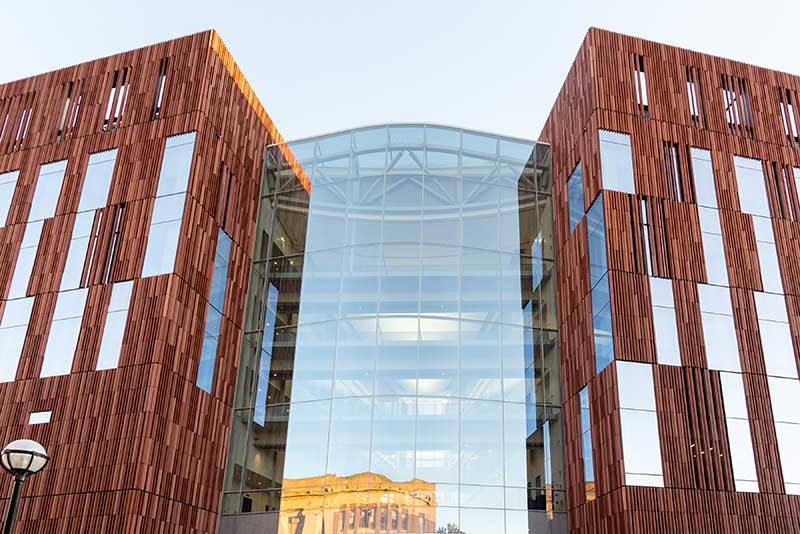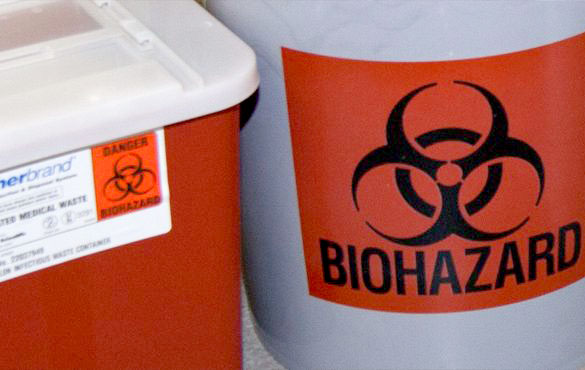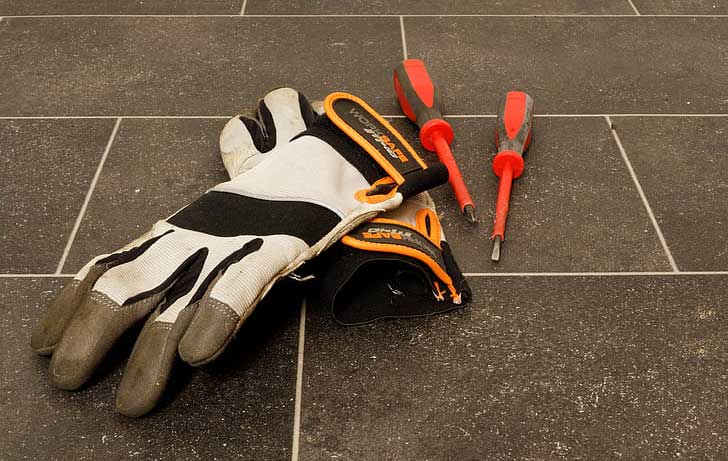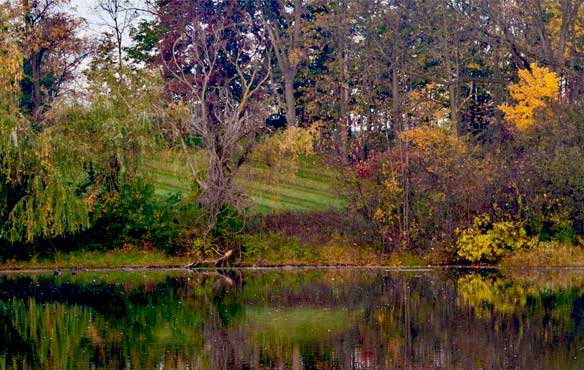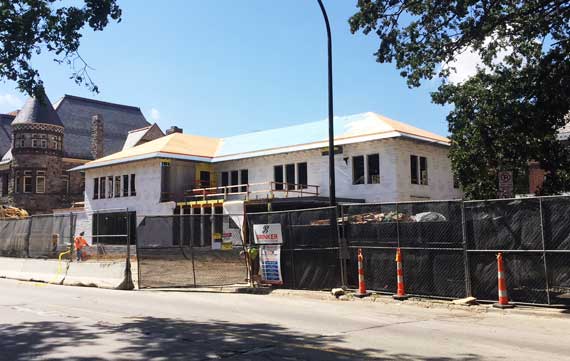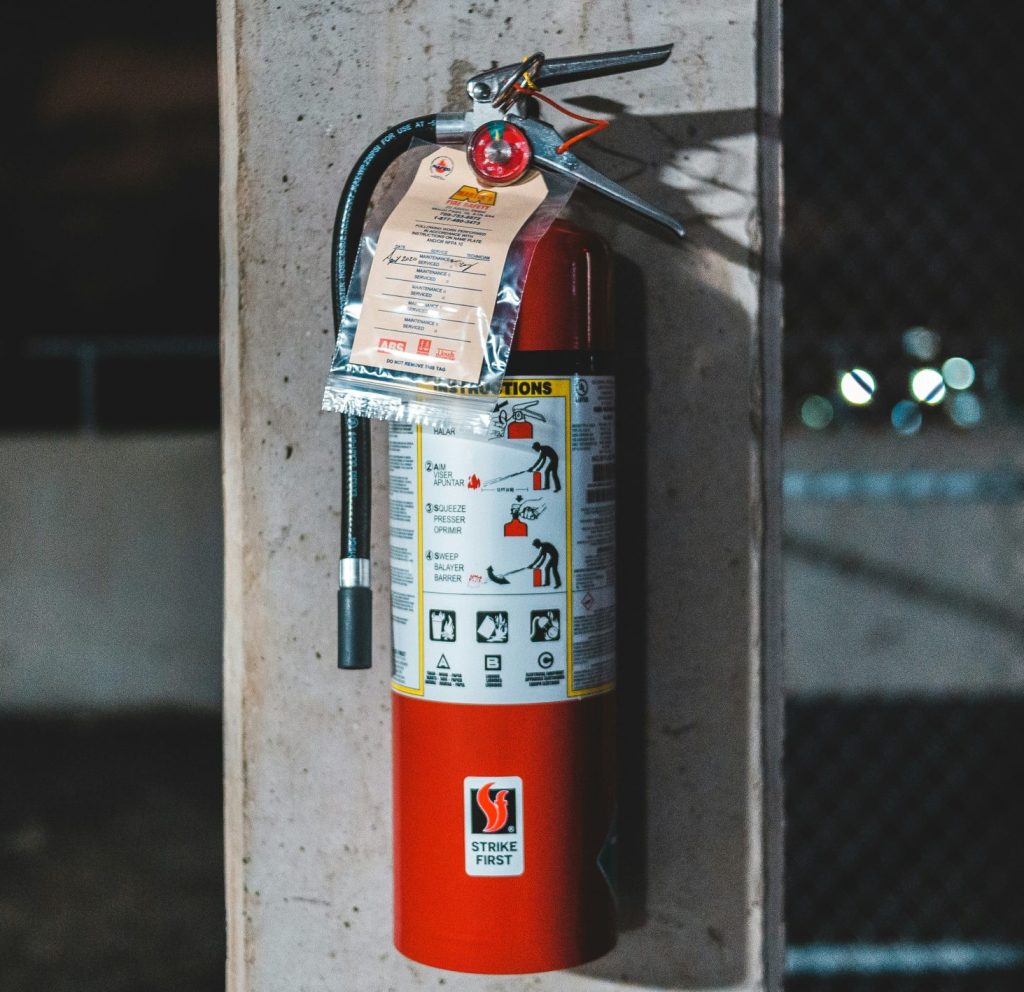Construction Barriers
The following conditions, specifications, and standards apply to all construction activity on the U-M campus. There are also special requirements from Michigan Bureau Fire Services (MBFS), which apply only to classroom facilities, residence halls, and health care facilities.
ARTICLE 54: FIRE PROTECTION
“c. The Contractor shall, during the entire construction period and until the completion of the Work, provide and maintain all material, equipment and services necessary for an adequate fire protection system, which shall meet the approval of the Owner and/or the Architect/Engineer. The system shall, at a minimum, meet the requirements set forth in the Contract Documents. These requirements shall be augmented and/or the installations relocated, as may be necessary to meet, at all times, the demands of adequate protection in all areas and shall not be reduced prior to the completion of the Work without the written approval of the Owner.”
Section 1500, Part 1.2
1.2 QUALITY ASSURANCE
“A. Standards and Regulations: Comply with applicable laws and regulations and the following codes and standards:
- NFPA Code 241, “Building Construction and Demolition Operations”
- ANSI-A10 Series standards for “Safety Requirements for Construction and Demolition”
- NECA Electrical Design Library “Temporary Electrical Facilities”
B. Conditions of Use:
- Keep facilities clean and neat
- Operate in a safe and efficient manner
- Take necessary fire prevention measures
Do not allow hazardous, dangerous or unsanitary conditions, or public nuisances to develop or persist on the site.”
“8.6.2 Temporary Separation Walls.
- 8.6.2.1 Protection shall be provided to separate an occupied portion of the structure from a portion of the structure undergoing alteration, construction, or demolition operations when such operations are considered as having a higher level of hazard than the occupied portion of the building.
- 6.2.2 Walls shall have at least a 1-hour fire resistance rating.
- 6.2.3 Opening protectives shall have at least a 45-minute fire protection rating.
- 6.2.4 Non-rated walls and opening protectives shall be permitted when an approved automatic sprinkler system is installed.
A8.6.2.4 Construction tarps would NOT be considered appropriate barrier or opening protectives.”
The 2012 Edition of the NFPA 101 Life Safety Code has been adopted by the MBFS in the Administrative Rules for New and Existing School, College, and University Fire Safety. The following requirements apply:
Definition:
“A building or part of a building which is used for instructional purposes, which is occupied by 6 or more students and used 4 or more hours per day or more than 12 hours per week, and which is owned or leased by, or under the control of, a junior college, community college, college, or university that is duly authorized to grant degrees by 1 of the following rulings:
- Article VIII of the Michigan Constitution of 1963.
- The Michigan legislature.
- Action by the state board of education.”
State of Michigan Amendment to Section 1-3.11.1 of NFPA 101 (1997 edition):
“A person may occupy a building or portion of a building during construction, repair, alterations, or additions only if all means of egress and all fire protection features in the building and on-site are in place and continuously maintained for the part occupied and if the occupied portion is separated from the part under construction by a wall that has a 1-hour-fire-resistance rating. The temporary 1-hour rated wall that is used for separation may be constructed of combustible material. Instead of having all means of egress and fire protection features in place, the school, college, university, or designated representative may take other measures that would provide equivalent safety if approved by the office of fire safety.”
Health care facilities regulated by the Bureau of Fire Services include hospitals, freestanding surgical outpatient facilities, homes for the aged, and nursing homes. The definitions that apply to each type of health care facility can be found in the Administrative Rules for Health Care Facilities Fire Safety.
The 2012 Edition of the NFPA 101 Life Safety Code has been adopted by the State of Michigan Bureau of Fire Services in the Administrative Rules for Health Care Facilities Fire Safety.
State of Michigan Amendment to Section 1-3.11.1 of NFPA 101 (1997 edition):
1-3.11.1. “A person may occupy a building or portion of a building during construction, repair, alterations, or additions only if all means of egress and all fire protection features in the building and on-site are in place and continuously maintained for the part occupied and if the occupied portion is separated from the part under construction by a wall that has a 1-hour-fire-resistance rating. The temporary 1-hour-rated wall that is used for this separation may be constructed of combustible material. Instead of having all means of egress and fire protection features in place, the health care facility may take other measures that would provide equivalent safety if approved by the office of fire safety. A health care facility or part of a health care facility shall not be occupied, in whole or in part, without approval from the office of fire safety and the department of consumer and industry services, bureau of health systems.”
The 2012 Edition of the NFPA 101 Life Safety Code has been adopted by the MBFS in the Administrative Rules for Dormitory Fire Safety for Schools, Colleges and Universities. The following requirements apply:
“Applicability and Definition:
Rule 1. These rules apply to fire safety requirements for the construction, operation, or maintenance of all new and existing school, college, and university dormitories that are owned, leased, or managed by, or under the direct control of, the school authority.
“School authority” means the authority as required by section 1561 of Act No. 451 of the Public Acts of 1976, as amended, being §380.1561 of the Michigan Compiled Laws, and the colleges and universities established under sections 4, 5, 6, and 7 of Article VIII of the State Constitution of 1963 and part 25 of Act No. 451 of the Public Acts of 1976, as amended, being §380.1601 to 380.1607 of the Michigan Compiled Laws.
State of Michigan Amendment to Section 1-3.11.1 of NFPA 101 (1997 edition):
1-3.11.1. A person may occupy a building or portion of a building during construction, repair, alterations, or additions only if all required means of egress and all required fire protection features are in place and continuously maintained for the part occupied and if the occupied portion is separated from the part under construction by a fire barrier that has a 1-hour-fire-resistance rating. The temporary 1-hour-rated fire barrier that is used for this purpose may be constructed of combustible material. Instead of having all required means of egress and fire protection features in place, the school authority or designated representative may take other measures that would provide equivalent safety if approved by the office of fire safety.”
